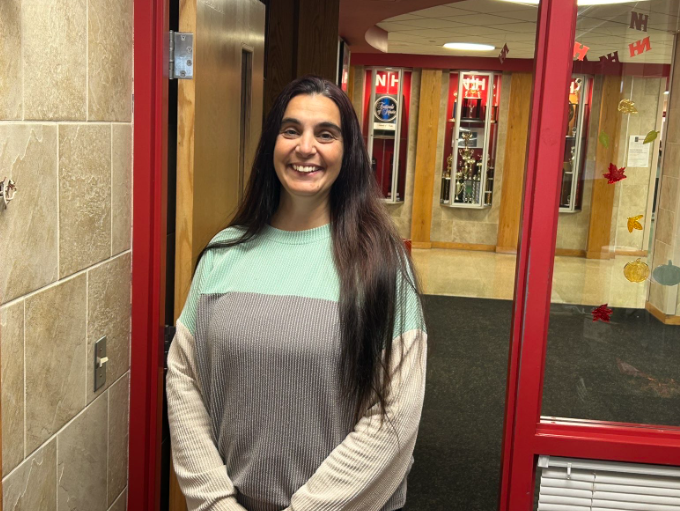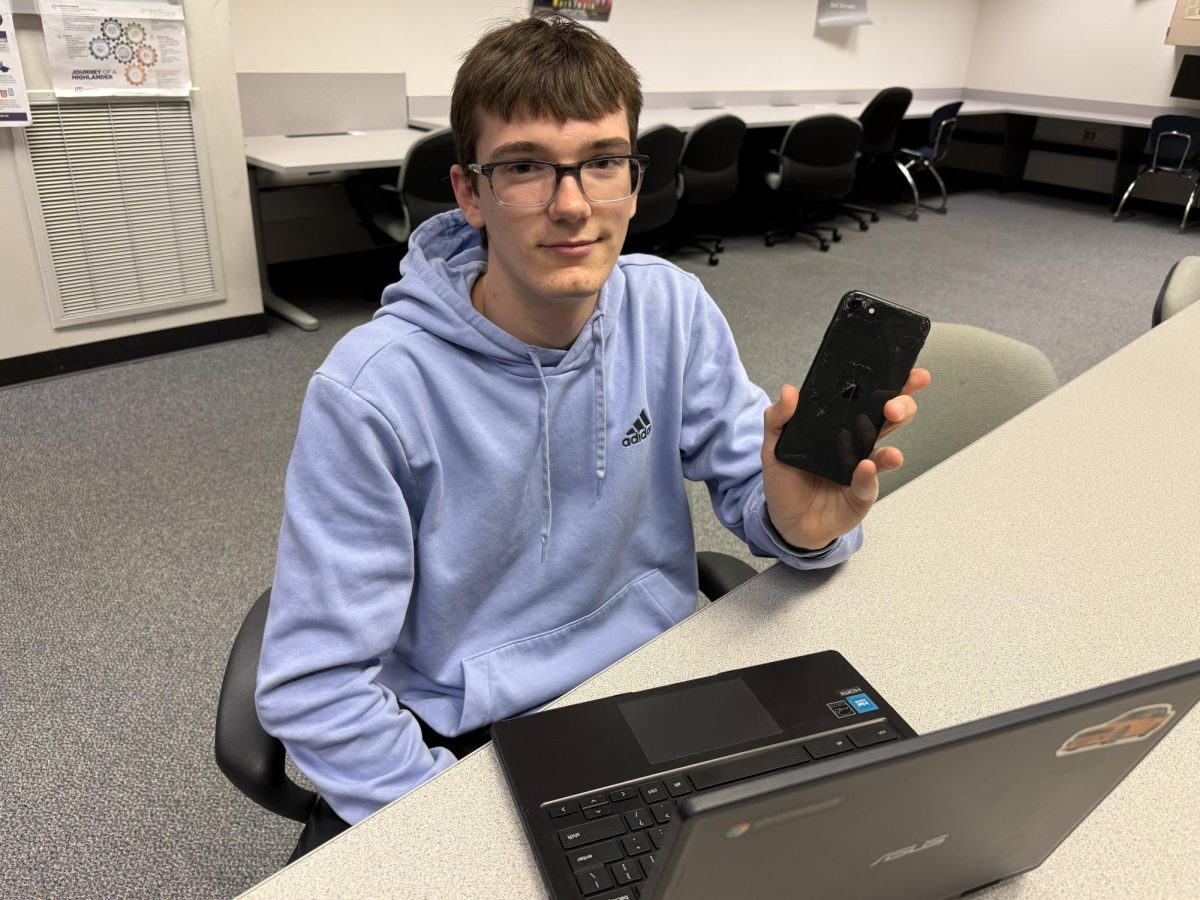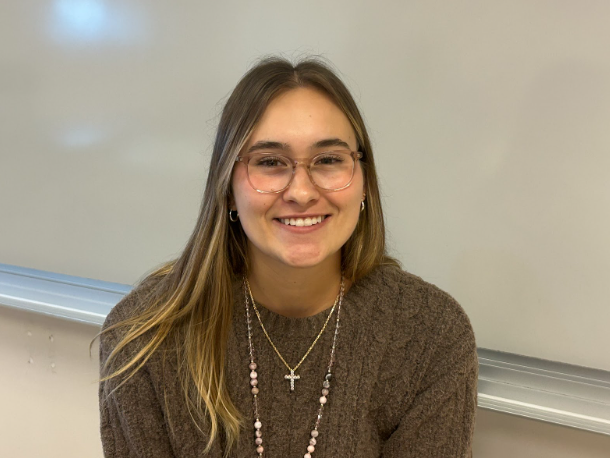Baldwin resident Jaime Staver discovered she had breast cancer while at work in Colorado on Feb. 20, 2024.
“I was working at a high school in Longmont, Colo., in the library. I was walking back to the library when I received a phone call from the radiation oncologist, who was the one to tell me the diagnosis: I had DCIS stage 3,” Staver said.
DCIS stage 3 is a non-invasive breast cancer that has spread to multiple areas within the breast ducts.
“When I first heard the news, I was scared, worried, and nervous – very unsure of what would have to happen next,” Staver said. “I was worried about how my kids would do with hearing what was happening.”
Staver was nervous to tell people close to her about the cancer because she didn’t want people to worry about her. But her mom, who is also a breast cancer survivor, helped her tell her kids and stay calm through the process.
“The most challenging part was the unknown. There is so much of that in the beginning – trying to understand what the process would be, who was truly going to stand by me,” Staver said.
Jamie Staver’s son, Wyatt Staver, said it was difficult to get the news.
“I was really surprised and a little scared. I didn’t know what to do,” Wyatt said. “I just tried to talk to her and help her with whatever I could.”
October is Breast Cancer Awareness Month. Over the last 20 years, more women have been diagnosed with breast cancer, but the mortality rate has dropped 44 percent since 1989. Credit for this can be attributed to the advancements in medicine and cancer detection.
Cancer also can be unpredictable. This makes the process that much harder to get through, on top of the costs of treatment and handling family concerns.
“I did treatment every other day in the mornings. I am grateful because the radiation did not significantly affect my daily routine. I was able to come into work late, and the people I worked with were very supportive and understanding, so that if I needed to take time, I could,” Staver said.
Support is something a lot of survivors and patients do not have. Staver had her family and her workplace behind her.
“What helped me was knowing that I would be able to move back to Pittsburgh with (her children) Wyatt and Emma, to be closer to my family and best friend,” Staver said. “Family is very important to me. Knowing I would be close to them again was an amazing thing,” Staver said.
Staver was declared cancer-free on May 10, 2024.
“When my mom told me she was cancer-free, I felt relieved, almost like we could start new,” Wyatt said.
Staver is currently taking anti-cancer medication called Tamoxifen, which she will take for five years. Every six months, she gets either a mammogram or an MRI, on a rotating basis.
“I was excited but nervous at the same time,” Staver said. “I was thankful for the nurses that I had for my radiation treatment.”
Staver’s story is part of a national trend. Fifty years ago, before current medical advancements were made to improve the treatment for breast cancer, the disease was considered a death sentence, with the survival rate being lower than 5 percent.
Now, however, the overall five-year survival rate is now up to 91 percent, meaning 91 out of 100 women will survive for five years after diagnosis. The mortality rate has decreased by 1.6 percent per year on average between 1999 and 2020.
Depending on when someone is diagnosed with cancer, their survival chances can increase or significantly decrease. According to the Winship Cancer Institute, if detected late, the survival rate drops to around 27 to 33 percent. However, if it is caught early, the rate could be above 99 percent.
Early detection is essential, because the cancer is less aggressive and usually in a less advanced stage. Screenings are advised starting at age 40. But if there is a strong family history or an underlying genetic concern, the patient and physician will come up with the best plan for screenings.
Baldwin Nurse Ann Harmon said students should always be vigilant.
“The best practice for young people regarding breast cancer is to know your body,” Harmon said. “Pay attention to any changes in breast tissue and seek prompt medical evaluation.”













